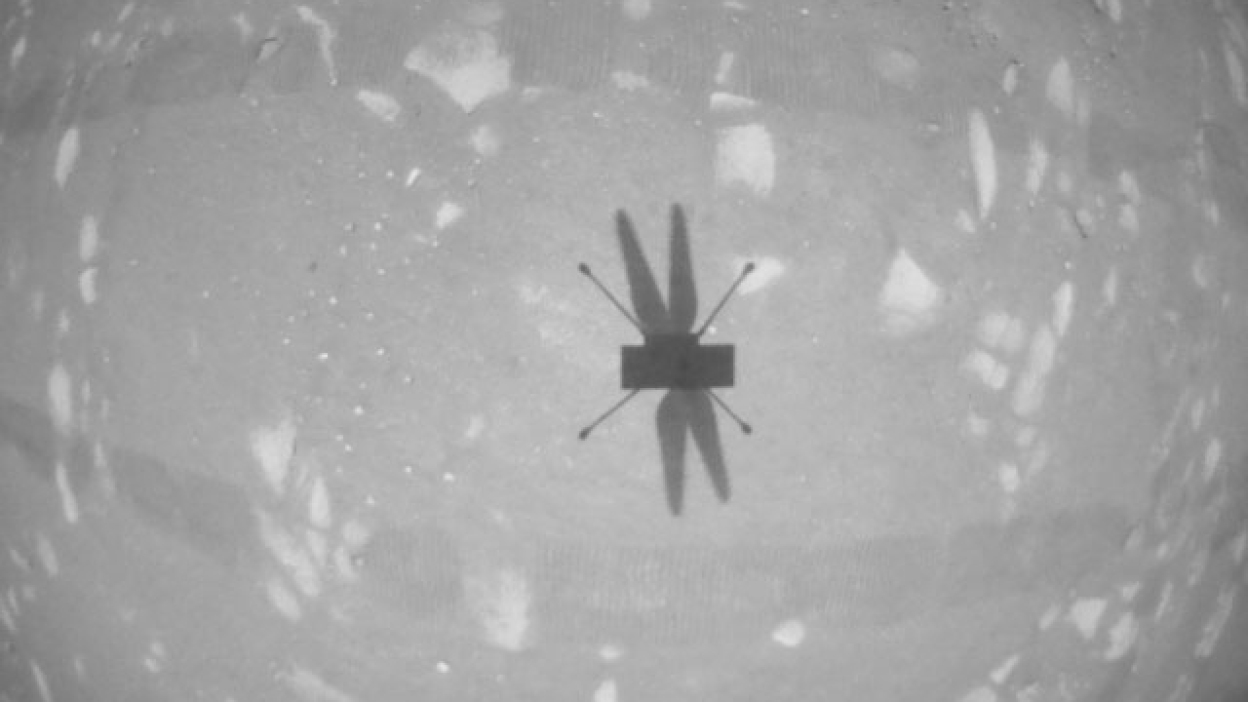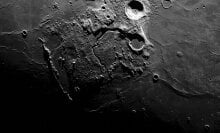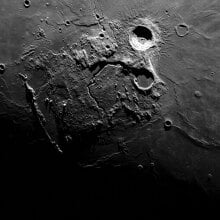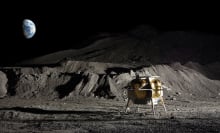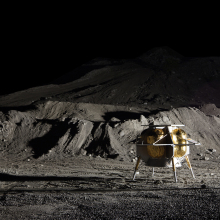One of humanity's most successful aerial missions isn't happening anywhere near Earth.
In early December, NASA's experimental helicopter, Ingenuity, whirled its four-foot-long rotor blades and flew on Mars for the 35th time. The space agency's four-pound chopper (it weighs just 1.5 pounds on the smaller, less massive Red Planet) ascended to 46 feet above the desert floor, its highest altitude ever — and the highest-ever flight of a powered aircraft on another world.
"An all-time high for the #MarsHelicopter!" NASA tweeted on Dec. 6. "Ingenuity completed Flight 35 over the weekend and set a new max altitude record, hitting 46 ft (14 meters) above the Martian surface."
Tweet may have been deleted (opens in a new tab)
Ingenuity flew for 52 seconds, reaching nearly 7 miles per hour while traveling 15 feet horizontally.
This extraterrestrial aerial mission, which is still a flight demo, continues to vastly exceed NASA's expectations. "Less than a year ago we didn’t even know if powered, controlled flight of an aircraft at Mars was possible," Thomas Zurbuchen, the associate administrator of NASA’s Science Mission Directorate, said in a statement earlier this year. "Now, we are looking forward to Ingenuity’s involvement in [the Mars Perseverance rover's] second science campaign. Such a transformation of mindset in such a short period is simply amazing, and one of the most historic in the annals of air and space exploration."
Flying on Mars isn't easy. This arid world has a profoundly thin atmosphere, with just one percent the surface air pressure of Earth. "This means there are relatively few air molecules with which Ingenuity’s two 4-foot-wide (1.2-meter-wide) rotor blades can interact to achieve flight," explains NASA.
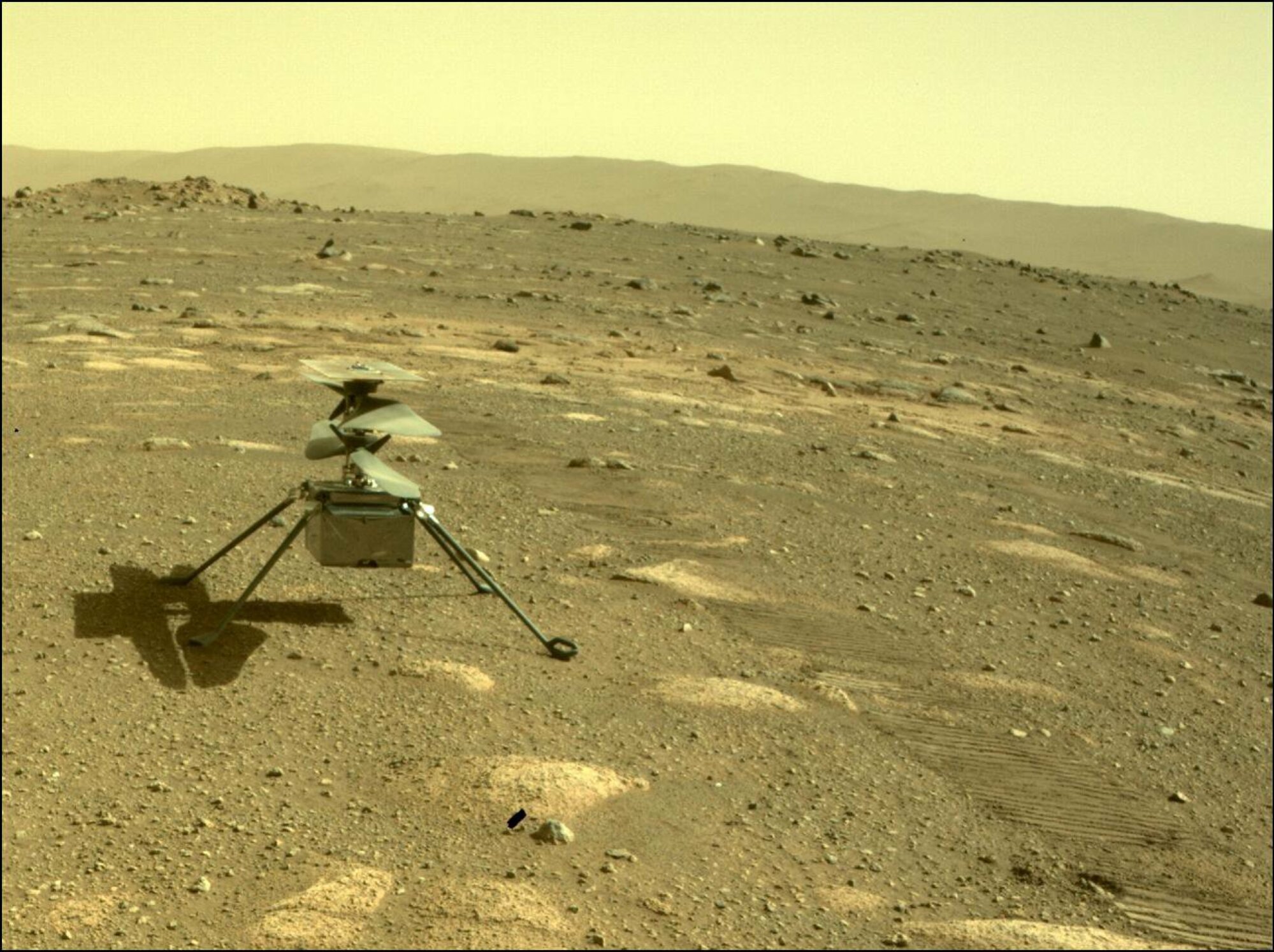
Yet the experimental rotor blades catch enough air to repeatedly take-off, fly, and land safely without direct human control. NASA engineers beam flight instructions to the nearby Perseverance rover — a car-sized exploration robot — which then transmits the next aerial mission to Ingenuity.
Want more science and tech news delivered straight to your inbox? Sign up for Mashable's Top Stories newsletter today.
As long as the small, dusty helicopter holds up, Ingenuity will continue to journey through Mars with Perseverance. The machines are currently exploring the dried-up delta in Mars' Jezero Crater, a place planetary scientists believe once hosted a lake.
"This delta is one of the best locations on Mars for the rover to look for signs of past microscopic life," NASA said.
